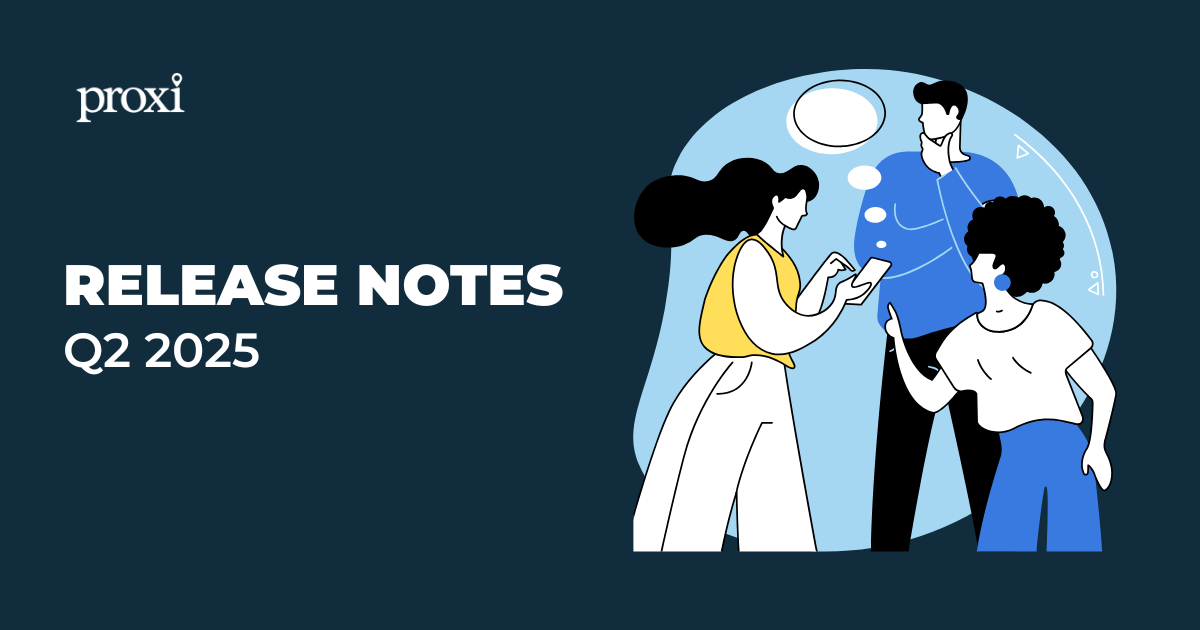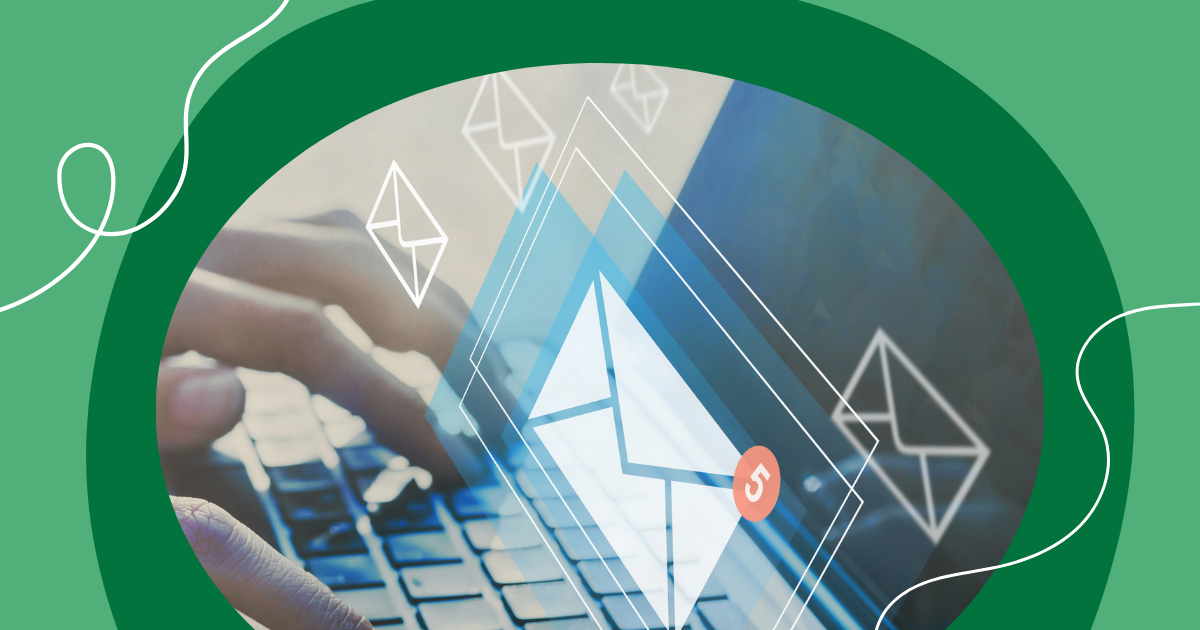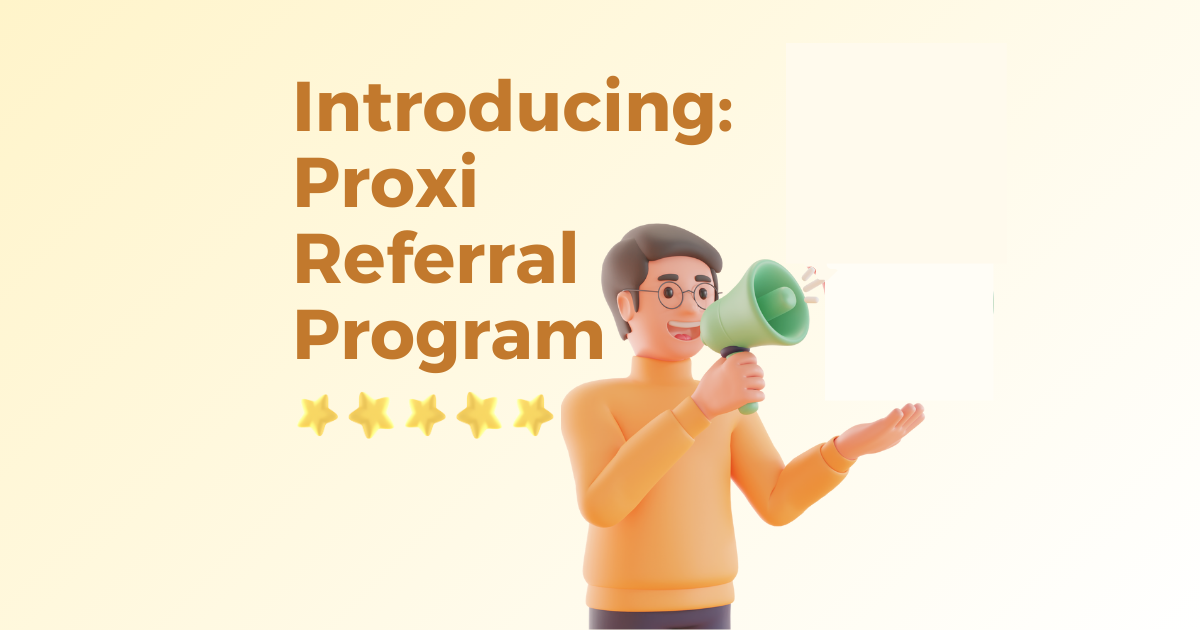
Mapping for a Better World
Are you passionate about geography and mapping? Did you know there are many ways to use your mapping skills and knowledge for good? Mapping can be used to help your community in a variety of ways! Here a just a few ways mapping can help:
Mapping Provides a Visual Reference Point
Mapping can help provide a visual representation of the area that people live in. By mapping the area, people better connect with their local community in ways such as:
- Exploring and understanding their surroundings
- Identifying services or resources available in the area
- Plan routes for transportation or visiting
Mapping Can Identify Available Resources
Maps can also be used to assess the availability of public services such as:
- Healthcare
- Education
- Housing
- Local Infrastructure
- Potential development zones
Through the use of visual data, people can work to identify areas with inadequate coverage or resources.
Mapping Can Pinpoint Environmental Hazards
Additionally, maps can be used to identify areas where environmental hazards exist, such as:
- Air quality issues
- Flood zones
- Biohazard areas
- Clean-up zones
This information can then be used by community members to inform decisions about where they live or work. It can also be used by local environmental agencies and groups to organize efforts to improve these areas.
Mapping Can Help Boost Public Engagement
Maps can also serve as a tool for public engagement by providing an accessible way for citizens to participate in civic activities such as voting or submitting feedback on proposed projects.
No matter what way you choose to use it, mapping holds the potential to improve the lives of your own community members by providing them with valuable information about their environment and enabling them to make informed decisions about their futures.
Six Practical Ways to Use Mapping for Social Good
Ready to get started? Here are six practical ways to use mapping for social good with a mapping service like Proxi!
Fighting the Current Formula Shortage
Mapping can help combat the current baby formula shortage by providing data-based visualizations of where shortages exist, where demand is highest, and how these variables have changed. Both community members and organizations can better understand the problem, solicit assistance if they need it, and allocate available resources more effectively. Mapping can also help to reveal potential solutions such as alternative sources of supply or changes in distribution networks. Organizations can use mapping to monitor the effectiveness of interventions, allowing them to rapidly adjust their responses to the shortage as needed.
Helping to Find Missing Persons and Solve Cold Cases
Mapping can help find missing people and solve cold cases by providing a visual representation of the data. Map data can show relationships between different pieces of evidence, such as:
- Important locations or areas of interest
- Existing clues or connections between people that might not be obvious
- Potential patterns in the data
- Areas such as where a person was last seen
- Routes suspects or victims may have taken
Mapping can help investigators track down witnesses who may have seen something that could provide more information on the case. Whether it’s crowdsourced or used professionally by authorities, mapping can ultimately help detectives narrow down their search and bring closure to cold cases and reunite missing people with their families.
Spreading Literacy
Spread literacy within your community by providing a visual representation of different areas of need and the resources available to help! Mapping can be used to identify locations in your area with fewer resources (such as schools or libraries). Community members can then find ways to meet these needs with targeted assistance to those areas (such as improving access to education).
Maps can also be used to track changes in literacy levels over time, allowing people or organizations to measure the impact of their efforts. Mapping can also help identify patterns between literacy levels and socio-economic factors. This crucial data can then be used to inform effective strategies for improving literacy.
Coordinate Clean-ups or Green Initiatives
Mapping can help coordinate clean-ups or green initiatives by providing an easy way to identify areas that need attention. Maps can be used to pinpoint locations for trash removal, tree planting, and other activities related to improving the environment. They can also be used to track ongoing progress so that organizers can measure the success of their efforts. Mapping technology makes it easier to collaborate on projects by allowing team members to easily communicate and share information quickly.
Showing Areas that Need Donations After a Natural Disaster
After the unfortunate occurrence of a natural disaster, both professional and community-made mapping tools can become invaluable assets during relief efforts. By providing visual representations of the geographic distribution of damage, maps can help relief organizations determine which areas are in the most dire need of donations. Post-disaster, people can also use mapping to:
- Connect with loved ones
- Seek shelter
- Take advantage of community resources
- Gather important information
Maps also allow for more detailed analysis of disaster relief situations. For instance, relief organizations can use custom maps to identify areas that are particularly vulnerable or have limited access to resources, as well as enable them to track the progress of recovery efforts and identify locations where additional support is required.
Show Conservation Areas
Organizations can also use mapping to help them visualize conservation areas. By providing a visual representation of the physical boundaries and geographical layout of an area, viewers can more easily identify protected land and quickly understand its size and shape.
Mapping is also great for highlighting important features like rivers, lakes, mountains, and forests through the use of different colors or symbols on the map. Additionally, maps can display information about:
- Access points
- Trails
- Wildlife management plans
- Other relevant data that helps define a conservation area
Mapping can be an extremely effective tool for managing conservation or learning about how conservation areas contribute to biodiversity protection.
Using Maps to Better Your Community
Now that we have you inspired, get started building your own custom map with Proxi! Here at Proxi, we offer all the comprehensive tools you need for successful mapping. Our program is easy-to-use, free, and equipped with a variety of powerful features. How will you use mapping for good?
Related Articles
Get Inspired
View All Featured MapsAdventure Awaits!
Check out some of the latest articles on our blog





